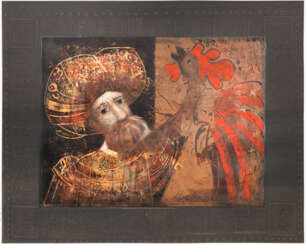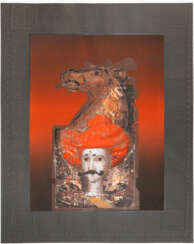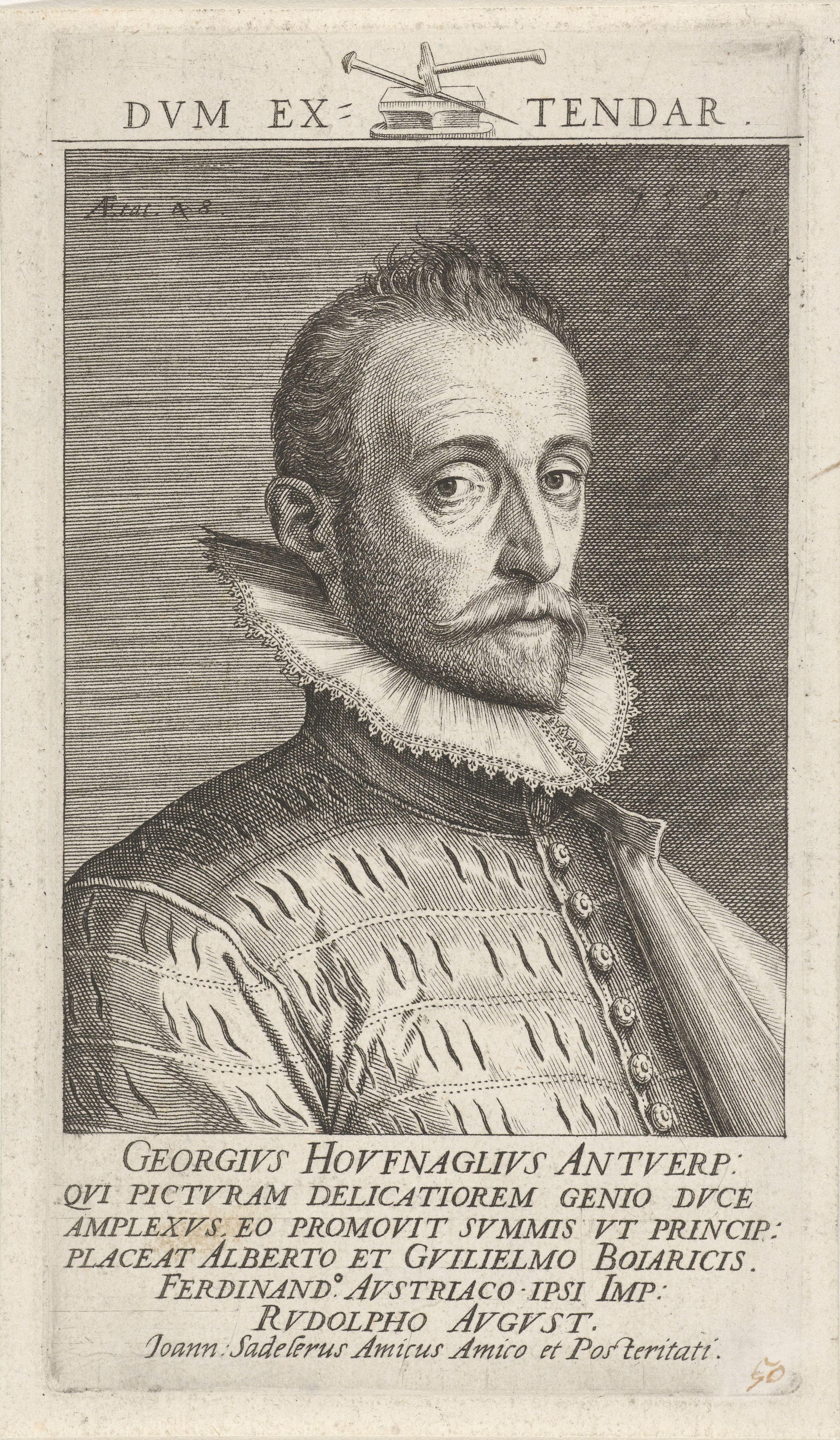sad

Miguel Pablo and Manuel Pedro Rosado.


Miguel Pablo and Manuel Pedro Rosado.


Miguel Pablo and Manuel Pedro Rosado.


Miguel Pablo and Manuel Pedro Rosado.


Philip Lodewijk Jacob Frederik Sadée was an artist who belonged to the Hague School.
Sadée travelled widely, painting in the Pas de Calais and traveling through France, Germany, Belgium, and Italy. Sadée exhibited in Amsterdam, Rotterdam, and The Hague in the years 1853-1903, and was elected to the Arte et Amicitiae in Amsterdam. He taught at the Academy in The Hague and numbered Hendrikus M. Horrix (1845-1923) amongst his pupils.


Philip Lodewijk Jacob Frederik Sadée was an artist who belonged to the Hague School.
Sadée travelled widely, painting in the Pas de Calais and traveling through France, Germany, Belgium, and Italy. Sadée exhibited in Amsterdam, Rotterdam, and The Hague in the years 1853-1903, and was elected to the Arte et Amicitiae in Amsterdam. He taught at the Academy in The Hague and numbered Hendrikus M. Horrix (1845-1923) amongst his pupils.


Hans Bellmer was a German graphic artist, sculptor, photographic artist, illustrator, and writer who spent most of his life in France.
In the 1930s Bellmer began working on the eroticized image of the deformed doll, contrasting it with the aesthetics of the "classical" body in Hitler's Germany. His graphic and literary explorations focus on the dismemberment and liberation of bodies. Bellmer's surrealist works are violent and provocative: they include puppet sculptures composed of the bodies of nude models, photographs, and prints.
In 1934, 18 photographs of dolls were published in the Parisian surrealist magazine Minotaur, and the Nazi regime declared Bellmer's art degenerate. In 1938, Bellmer emigrated to France.
After the end of the war, the artist continued his work, adding poetry to painting. He also authored illustrations for many works, particularly on erotic themes.
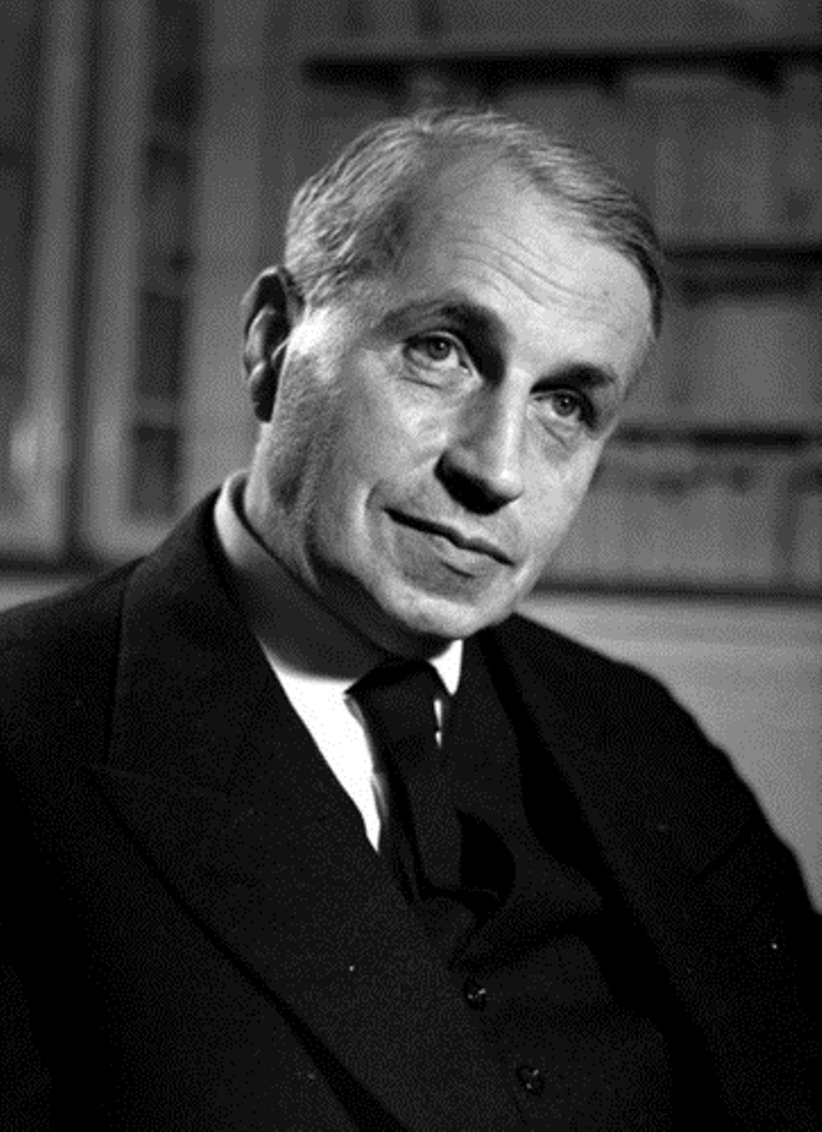





Utagawa Kunisada (Jap. 歌川 国貞, also known as Utagawa Toyokuni III (Jap. 三代歌川豊国)) is the largest Japanese artist and master of color graphics (woodcuts) of the Edo period.


Utagawa Kunisada (Jap. 歌川 国貞, also known as Utagawa Toyokuni III (Jap. 三代歌川豊国)) is the largest Japanese artist and master of color graphics (woodcuts) of the Edo period.


Utagawa Kunisada (Jap. 歌川 国貞, also known as Utagawa Toyokuni III (Jap. 三代歌川豊国)) is the largest Japanese artist and master of color graphics (woodcuts) of the Edo period.


Utagawa Kunisada (Jap. 歌川 国貞, also known as Utagawa Toyokuni III (Jap. 三代歌川豊国)) is the largest Japanese artist and master of color graphics (woodcuts) of the Edo period.


Mersad Berber was a Bosnian painter.


Mersad Berber was a Bosnian painter.


Mersad Berber was a Bosnian painter.


Mersad Berber was a Bosnian painter.


Mersad Berber was a Bosnian painter.


Mersad Berber was a Bosnian painter.


Mersad Berber was a Bosnian painter.


Mersad Berber was a Bosnian painter.










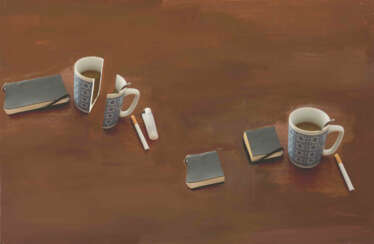


















![[SADE, Donatien Alphonse François, marquis de (1740-1814)]](/assets/image/picture_2932088/589fa/c5c90c02c46f7432e0f8932b830b43351687420800jpg__fix_374_244.jpeg)
![[SADE, Donatien Alphonse François, marquis de (1740-1814)]](https://veryimportantlot.com/assets/image/picture_2932088/589fa/c5c90c02c46f7432e0f8932b830b43351687420800jpg__fix_374_244.jpeg)
![[SADE, Donatien Alphonse François, marquis de (1740-1814)]](/assets/image/picture_3566994/47fa5/583c4cf9e8b49f38a40241ca14c22e6f1700607600jpg__fix_374_244.jpeg)
![[SADE, Donatien Alphonse François, marquis de (1740-1814)]](https://veryimportantlot.com/assets/image/picture_3566994/47fa5/583c4cf9e8b49f38a40241ca14c22e6f1700607600jpg__fix_374_244.jpeg)












